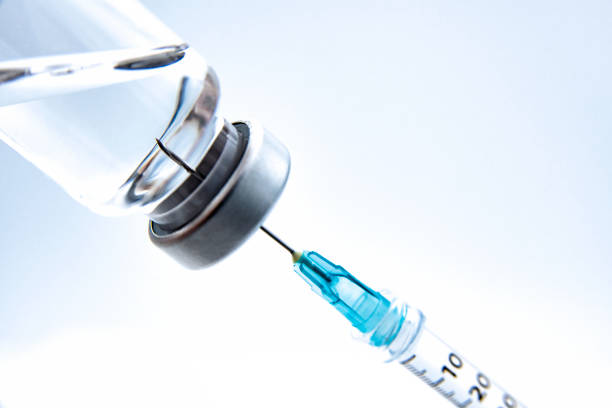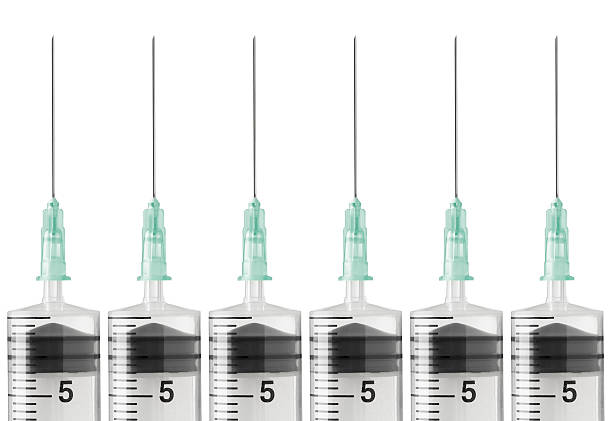 The new USP 382 Elastomeric Component Functional Suitability in Parenteral Product Package/Delivery Systems testing requirements, which becomes effective December 1, 2025 are being updated and improved to ensure the safety and quality of elastomeric components used in drug and medical product package systems. A key driver of these changes and improvements stems for the advances made in drug product types especially as it relates to products based on mRNA technology, protein therapies, cell and gene-based treatments and new vaccine profiles in use and under development. More complicated drug products and devices tend to require more complex container and package systems. The testing outlined in this revised USP chapter is designed to evaluate the performance of elastomeric components, such as seals, seals, gaskets, O-rings, and other rubber-based components that may be part of the holistic drug product package or medical device system.
The new USP 382 Elastomeric Component Functional Suitability in Parenteral Product Package/Delivery Systems testing requirements, which becomes effective December 1, 2025 are being updated and improved to ensure the safety and quality of elastomeric components used in drug and medical product package systems. A key driver of these changes and improvements stems for the advances made in drug product types especially as it relates to products based on mRNA technology, protein therapies, cell and gene-based treatments and new vaccine profiles in use and under development. More complicated drug products and devices tend to require more complex container and package systems. The testing outlined in this revised USP chapter is designed to evaluate the performance of elastomeric components, such as seals, seals, gaskets, O-rings, and other rubber-based components that may be part of the holistic drug product package or medical device system.
Key parts of the new USP 382 are designed to test critical aspects of the elastomer such as appearance, dimensions, sealing properties, and extractable / leachable compounds. As expected, the general chapter outlines specific test methods for the required tests. All of these tests are intended to ensure the safety and quality of elastomeric components used in drug and medical product package systems and as stated in the USP, their “fitness for the intended use” especially as it relates to drug product interaction. While the current USP 381 chapter focuses more specifically on chemical makeup of elastomeric materials, the new USP 382 guidelines focuses on a broader scope that includes:
- Container Closure Integrity Testing as based upon USP 1207
- Needle & Spike Access Functional Suitability
- Fragmentation
- Penetration Force
- Needle Self-Seal Capacity
- Spike Retention and Sealability
- Plunger Functional Suitability Testing
- Plunger Break Force & Glide Testing
- Plunger Seal Integrity
- Tip Cap and Needle Shield Functional Suitability
 While the USP has outlined that all elastomeric materials meet these new testing guidelines effective December 1, 2025, the USP is emphatic in their suggestion that early adoption is encouraged. From a cost and timing perspective, CS Analytical highly recommends that testing be completed prior to the actual implementation date as a means to both save money and ensure this critical timeline is met. It is expected that as the implementation gets closer, a larger volume of testing being requested may mean delays for those clients that wait until the last minute.
While the USP has outlined that all elastomeric materials meet these new testing guidelines effective December 1, 2025, the USP is emphatic in their suggestion that early adoption is encouraged. From a cost and timing perspective, CS Analytical highly recommends that testing be completed prior to the actual implementation date as a means to both save money and ensure this critical timeline is met. It is expected that as the implementation gets closer, a larger volume of testing being requested may mean delays for those clients that wait until the last minute.
CS Analytical had a team dedicated to USP 382 testing and can provide all aspects of USP 382 testing as required for your specific elastomer type and intended use.

